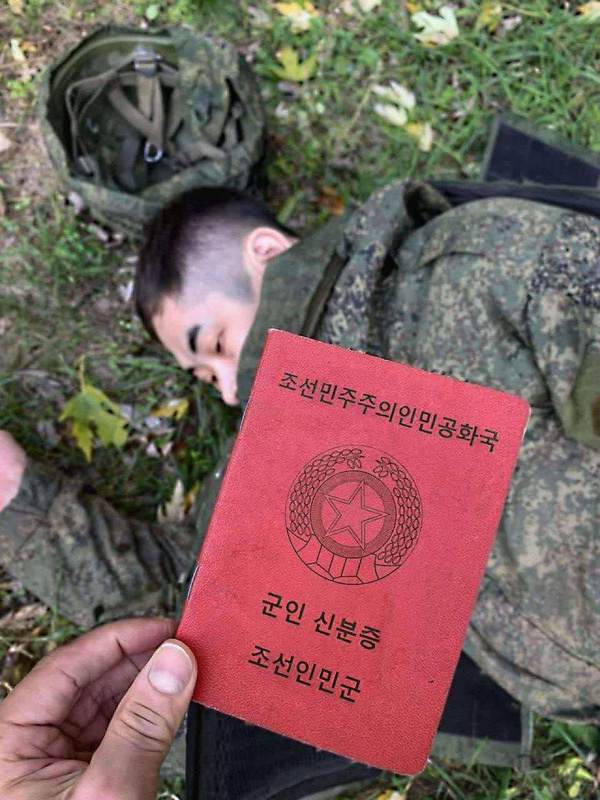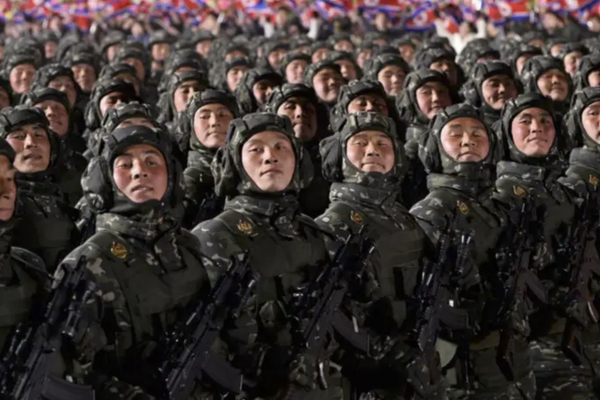What’s wrong with yet another russian propaganda video in Ukrainian?

The video’s storyline incorporates elements from Pushkin’s book and makes references to the triumph in the “great patriotic war.” It also emphasizes the shared memories, faith, and history with the aggressor state, suggesting that Ukrainians have purportedly forsaken these ties and transformed themselves into a colony.
FAKES
The video concludes with an “assertion” that this is no longer “your country,” followed by a call to reclaim it. Alongside the manipulative and familiar narratives that Ukrainians have grown accustomed to, the propagandists employ hostile symbols of the so-called “special military operation” towards the end. To add further impact, they intersperse the content with the slogan “You are not alone,” suggesting that there is a significant number of people in Ukraine who hold pro-russian perspectives, and they only need to unite.
We have conducted an analysis of the primary narratives presented in this manipulative fake news, examining each detail carefully.
The narrative of the “brotherly people,” which sometimes evolves into the notion of a “single, united people,” is rooted in the supposed common experiences shared by Ukraine and russia. At times, it goes so far as to negate the very essence of Ukrainian statehood. This narrative is actively propagated among russians in the occupied territories.
However, the Ukrainian Institute of National Remembrance has consistently and professionally refuted the idea of Ukrainians and russians being brotherly peoples.
Here are several reasons. In the 9th century, Kyiv witnessed the formation of the medieval state, Rus, which was widely defined as the territory recognizing the authority of Kyivan princes. However, in a narrower sense, Rus referred to the lands in the middle Dnipro region surrounding Kyiv. The territories in the northeast, where the Moscow principality later emerged, were known as Zalissia during that period. russia’s imperial aspirations manifested much later.
Marriage records of the Kyivan princes indicate that at least 75% of their alliances were oriented towards the West, rather than the East. Even after the Mongol invasion, the parts of Rus that remained in the West, such as the Principality of Galicia-Volhynia, continued to maintain these Western ties.
As time passed, the territories of Ukraine and russia underwent distinct historical developments and were influenced by different neighboring regions. This led to significant cultural and political divergences, including the emergence of distinct languages.
Ukrainian culture is unique and self-sustaining. However, russian propaganda templates attempted to portray the most important achievements of Ukrainian artists as their friendship with russian masters and their adherence to russian models. Any artistic expression deviating from these patterns was marginalized or discredited. This context explains the inclusion of Pushkin’s book in the video.
Behind the News has previously cited quotes from Pushkin that support the concept of a “single, united people.”
Ukraine is not the “younger brother.”
Communist propaganda established rigid templates for interpreting Ukrainian history, presenting it primarily as an extension of russian history. Historical events in Ukraine were supposed to duplicate russian processes but on a smaller and secondary scale. However, these propagandist claims had no basis in reality.
The concept of a so-called reunification of the two peoples was a purely political construct that emerged in 1954. As part of this policy, Proskuriv was renamed Khmelnytskyi, despite the fact that Bohdan Khmelnytskyi had never visited this city.
Ukrainian historian Yaroslav Hrytsak explains the origins of the “brotherly peoples” label.
“This idea surfaced only… during late Stalinism after World War II and gained significant prominence following the ‘celebration’ of the 300th anniversary of the Pereiaslav Union in 1954. It was during this time that the mythology of the russian people being the older brother and the Ukrainian people the younger brother was solidified.”
Additionally, the Ukrainian Institute of National Remembrance has discredited the russian propaganda’s use of the term “Great Patriotic War.”
On June 22, 1941, Nazi Germany, with the support of the Allies, attacked the USSR and its former ally.
Soviet and subsequently russian propaganda employs the term “Great Patriotic War” to refer to the period of the German-Soviet conflict from 1941 to 1945.
The Second World War of 1939-1945 inflicted a tragic toll on Ukraine, with its bloody path crossing the country twice. Millions of Ukrainians sacrificed their lives in the fight against Nazism and the pursuit of peace. Millions more endured immense hardships during and after the war.
However, kremlin propagandists decided to “appropriate” the global victory over Nazism and established a cult-like reverence for “Victory Day.” In putin’s russia, this commemoration has been transformed into a holiday pejoratively dubbed “побєдобєсія” (pobedobesia, meaning “victory mania”).
Enemy propaganda masterfully utilized political tactics to manipulate and unite the masses in russia. It sought to replace personal family memories of those lost in World War II with an ideological narrative glorifying the supposed “uniqueness of russians as saviors of the world from the scourge of Nazism”.
Regarding the issue of faith
The main problem lies with the Ukrainian Orthodox Church, which operates under the influence of the Russian Orthodox Church. Patriarch Kirill openly lends support to russia’s aggression against Ukraine.
Furthermore, there have been recurring instances of collaboration among priests of the Ukrainian Orthodox Church (UOC) in the temporarily occupied territories of Ukraine. Dozens of clergymen affiliated with the moscow patriarchate have collaborated or are presently collaborating with representatives of the aggressor state.
Through religious representatives of the UOC (mp), russian special services conducted subversive activities across Ukraine, disseminating narratives about “brotherly peoples” and “native russian lands.”
Contrary to russian propaganda claims, Ukraine does not prohibit people from practicing Christianity nor does it force them to abandon their religious beliefs or traditions. Instead, Ukraine is focused on cleansing religious structures of individuals acting as russian agents under the guise of the church.
Regarding russian aggression in Ukraine
Some enemy propagandists point to February 24, 2022 as the beginning of the aggression and war. Others trace it back to 2014 with the annexation of Crimea.
However, examining the facts, it becomes evident that russian aggression in Ukraine began much earlier.
On September 29, 2003, Russia initiated the active phase of constructing a dam towards the Ukrainian island of Tuzla. The construction connected the island to the russian coast, with the dam originating from the russian village of Taman in the Temryuksky District of Krasnodar Krai. The builders, working in three shifts, completed 150 meters of the dam each day, until they reached the Ukrainian border pontoon.
The Ukrainian authorities contended that Tuzla Island rightfully belonged to Ukraine, as it had become part of the country along with the Autonomous Republic of Crimea after the dissolution of the Soviet Union. Conversely, the russians argued that Tuzla was not an island but rather a spit, and thus, it should belong to the russian federation.
As it was later revealed, the russian provocations revolving around Tuzla served as a “rehearsal” for the eventual annexation of Crimea.
The aggressor state had been actively attempting to sow instability in Crimea even before the Tuzla Island incident. On May 5, 1992, the Verkhovna Rada of the Autonomous Republic of Crimea passed an act of state independence, with plans for its validation through a scheduled referendum in August 1992. However, on May 13, 1992, the Ukrainian Parliament deemed this act unconstitutional and set a deadline of May 20, 1992 for its annulment. Consequently, the Supreme Council of Crimea canceled the declaration of independence but retained the referendum, postponing it to a later date.
The notion of holding a referendum resurfaced in January 1994, and on March 27 of the same year, it was actually conducted. The issues raised during the referendum focused on increased autonomy and dual citizenship.
The video also delves into football-related matters, featuring a scene where Ukrainian and russian fans embrace each other.
Historically, Ukraine and russia have not shared friendly relations in football. Even during the Soviet era, teams like Dynamo Kyiv and Spartak Moscow remained fierce adversaries and competitors.
In 1992, due to the influence of former FIFA Vice-President Vyacheslav Koloskov, a russian official, Ukraine faced obstacles and failed to qualify for the World Cup qualifying tournament. More than ten players who had already represented the Ukrainian national team switched allegiances to russia.
In 1999, before a qualifying match for the European Championship, a prominent russian sports newspaper, Sovetskiy Sport, featured the headline “Beat the khokhols, save Russia” (khokhol is a derogatory term for Ukrainians).
The national football teams of Ukraine and russia did not play a single friendly match against each other ![]()





